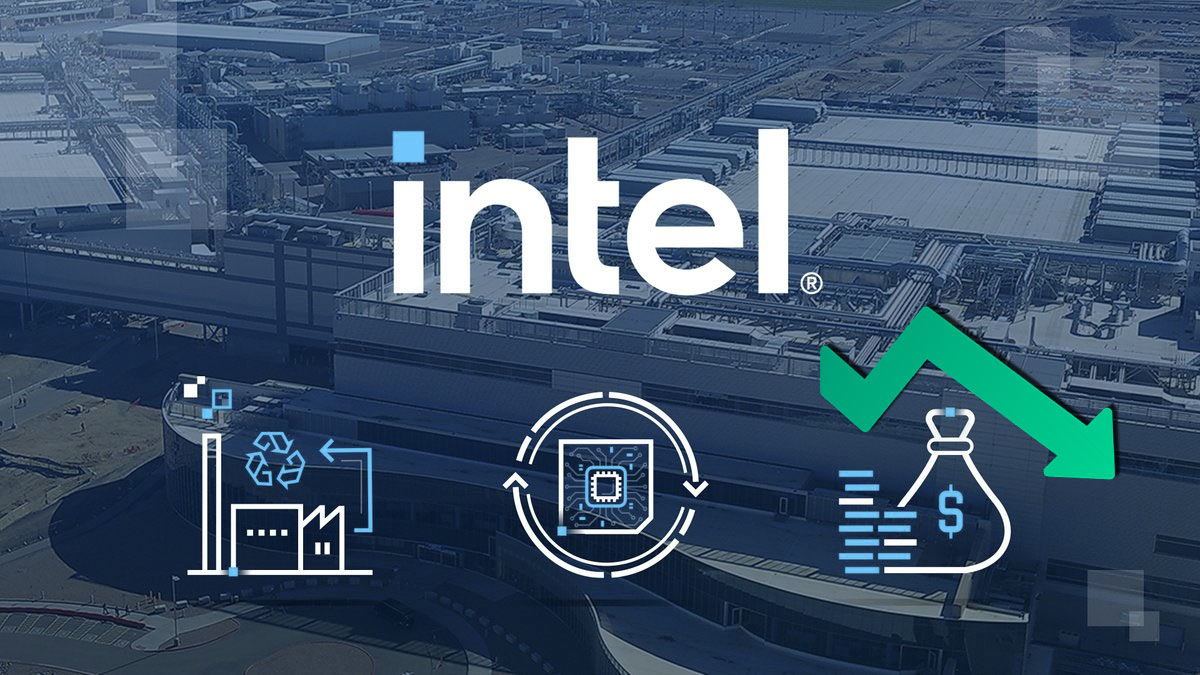
AMD Execs Cash Big Bonus Checks While Intel's Take Pay Cuts
AMD approved hefty six-figure bonuses for several top execs earlier this month — at least four AMD VPs and the CEO, Dr. Lisa Su, will pocket substantial annual cash bonuses. In contrast, Intel’s diligent team faces painful salary cuts and suspended bonuses despite the bullish statements from Intel CEO Pat Gelsinger in 2022 when he talked about AMD being in the rear-view mirror.
Dr. Su received the biggest performance bonus — nearly a million dollars ($918,800) — for steering the red team’s ship through choppy waters to enjoy the success we continue to see. The four VPs named in the SEC filing will receive bonuses between $300,000 and $375,000. One of the VPs most readers will be familiar with is Mark Papermaster, the CTO, and ELVP of Technology and Engineering.
As for Intel, the company faces mounting difficulties highlighted during its most recent catastrophic quarter. In brief, mid-level and higher-ranked execs face pay cuts between 5 and 15%, with Pat Gelsinger taking a 25% cut. Wage raises and bonuses are out of the picture for these same execs, but hourly employees will still receive bonuses.
AMD and Intel target many of the same markets, but some key differences exist in the company operations and structures. First, Intel’s foundry business weighs heavily on its finances and fortunes, and it is busy restructuring and making massive investments around the globe to boost its manufacturing reach and prowess. For instance, Intel’s planned $40 billion in investments for the new Arizona and Ohio fabs come as the company’s first-quarter revenue dropped 40%, meaning that extraordinary actions must be taken.
Recessionary forces are also in the driver’s seat (war, Covid hangover, etc.), affecting the entire industry. Nevertheless, several computer business leaders and industry insiders see a turn for the better in the second half of this year.

Compared with Intel, AMD doesn’t have as much of a semiconductor manufacturing burden. It is more nimble and light after divesting manufacturing operations and the massive investments needed to build and maintain a competitive foundry business. On the flip side, when the boom comes, AMD chipmaking partners will make hay and demand higher prices for their in-demand services.
For Intel employees currently enduring pay cuts, subsidies from multiple governments worldwide should help make the largest Intel investments successful in their respective locations. Intel also cut its long-standing dividend to free more cash for investment amidst its belt-tightening exercises, and also recently told employees that it will reverse its pay cuts later this year. That means that, as the cycle turns, the lean times could be followed by times of plenty, especially if Intel’s drastic turnaround plan, which includes a pivot to the IDM 2.0 model, comes to fruition.

